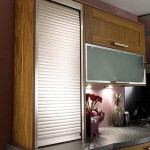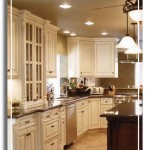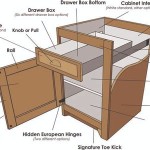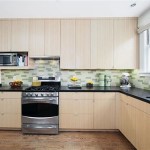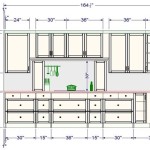What Kind of Brush to Use for Painting Kitchen Cabinets
When it comes to painting kitchen cabinets, choosing the right brush is crucial for achieving a professional-looking finish. Different types of brushes are designed for various paint types and surfaces, and understanding their specific characteristics will help you make an informed decision.
Synthetic Brushes
Synthetic brushes are made from man-made fibers like nylon or polyester. They are durable and affordable, and they offer good paint pickup and release. They are suitable for both water-based and oil-based paints and are recommended for smooth surfaces like kitchen cabinets.
Pros of Synthetic Brushes:
- Durable and long-lasting
- Affordable
- Good paint pickup and release
- Suitable for various paint types
Cons of Synthetic Brushes:
- May not hold as much paint as natural bristles
- May leave brush strokes if not used properly
Natural Bristle Brushes
Natural bristle brushes are made from animal hair, such as hog bristles or goat hair. They are highly absorbent and hold more paint than synthetic brushes, resulting in fewer brushstrokes. They are best suited for oil-based paints and uneven surfaces.
Pros of Natural Bristle Brushes:
- Highly absorbent
- Hold more paint
- Good for uneven surfaces
- Provide a smooth finish
Cons of Natural Bristle Brushes:
- More expensive than synthetic brushes
- May shed bristles
- Not suitable for water-based paints
Brush Sizes and Shapes
In addition to bristle type, the size and shape of the brush will also affect the painting process. For painting kitchen cabinets, a 2-3 inch brush is typically used. A smaller brush (1-2 inches) can be used for detailed areas, while a larger brush (4-5 inches) can be used for broader surfaces.
Flat brushes are ideal for applying thin coats evenly, while angled brushes can be used for corners and edges. Round brushes are versatile and can be used for both painting and blending.
Proper Brush Care
To maintain the quality of your brushes and ensure long-lasting results, proper care is essential. After each use, clean your brushes thoroughly with the appropriate cleaning solvent (water for water-based paints, mineral spirits for oil-based paints) and let them dry completely. Store brushes upright with the bristles facing up to prevent them from bending or warping.
Conclusion
Choosing the right brush for painting kitchen cabinets is a crucial step in achieving a perfect finish. Synthetic brushes are durable and affordable, while natural bristle brushes are absorbent and provide a smooth finish. The size and shape of the brush will also affect the painting process, with different sizes and shapes designed for different areas and techniques. By understanding the characteristics of different brush types and following proper brush care practices, you can ensure a professional-looking and long-lasting paint job.

Paint Your Cabinets With The Right Brush Diy Painting Cabinet Doors N More

What You Need To Know Before Painting Cabinets The Palette Muse

The Best Paint Brushes For Cabinets Including Touch Ups Small Details And Wood

How To Paint Kitchen Cabinets Diy Painting

How To Paint Kitchen Cabinets In 7 Simple Steps

Should I Use A Brush Or Roller To Paint Cabinets Upvc Sprayers

Best Way To Paint Cabinets Spray Or Brush

How To Paint Kitchen Cabinets In 7 Simple Steps

The Best Paint Brushes For A Perfectly Smooth Finish

What You Need To Know Before Painting Cabinets The Palette Muse
Related Posts


